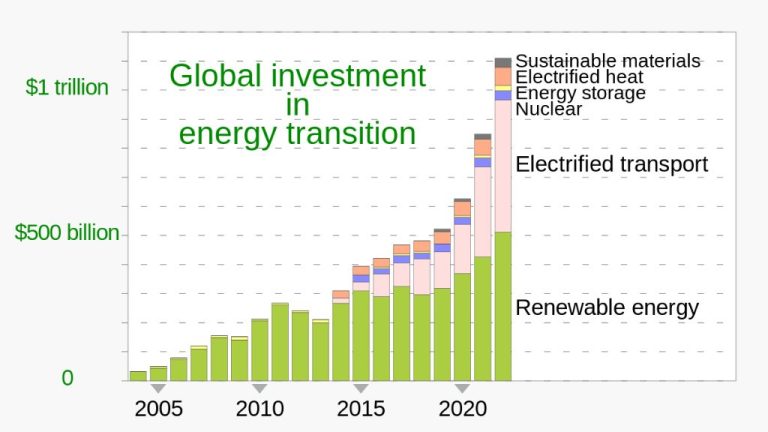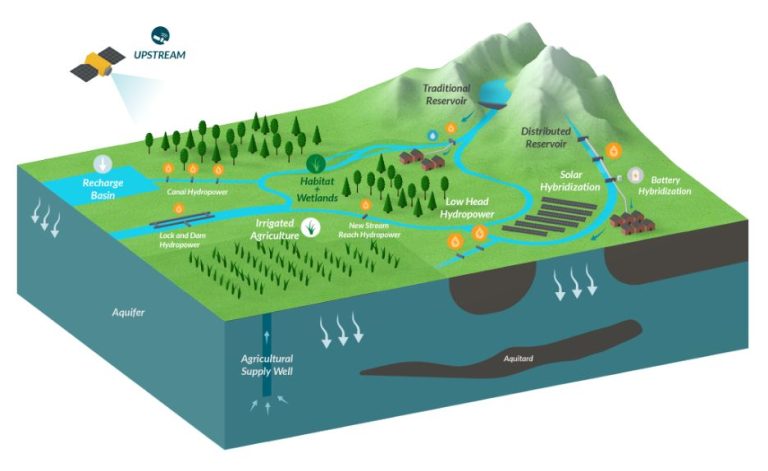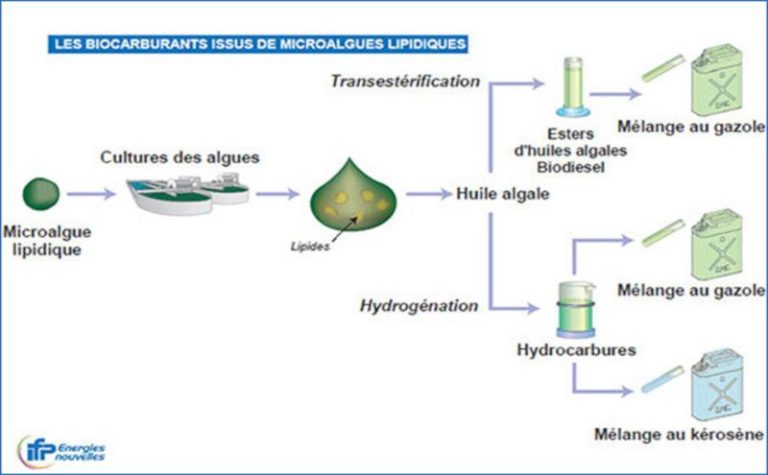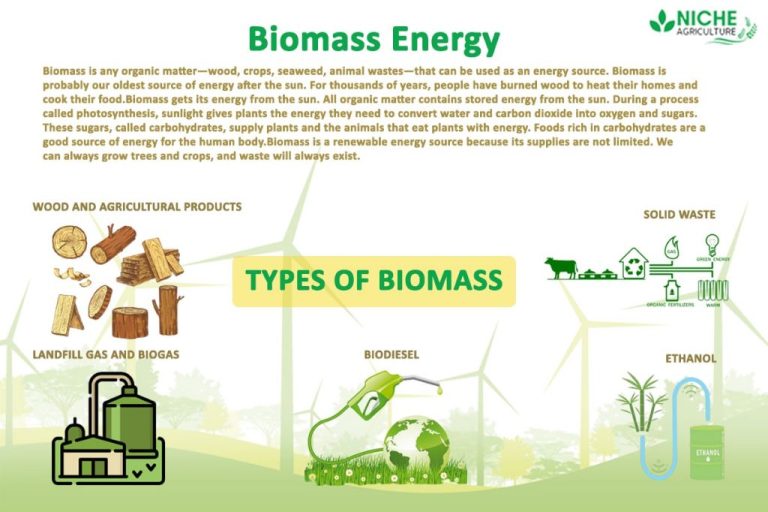Why Are Biofuels Considered Renewable?
Biofuels are fuels made from biomass, which is organic matter derived from plants or animals. Biofuels are considered renewable energy sources because they are derived from biological sources that can be regrown over relatively short periods of time (https://eli.lehigh.edu/learners/biofuels/biofuels-info-page-1). By contrast, fossil fuels such as coal, oil, and natural gas are derived from ancient biomass and take millions of years to form, so they are considered non-renewable. Biofuels are made from recently grown energy crops, agricultural crop residues, or municipal and industrial wastes. Common types of biofuels include ethanol from corn or sugarcane and biodiesel from vegetable oils (https://www.ecos.ie/glossary/what-is-biofuels-definition-of-biofuels/). Because biofuels come from renewable plant sources that can be quickly regrown, they are considered renewable energy.
Biofuels are Made from Plants
Biofuels are fuel sources derived from plant materials. Common crops used to produce biofuels include corn, sugarcane, soybeans, rapeseed and oil palm 1. The sugars, starches, and oils contained in these plants can be fermented or processed to make liquid biofuels like ethanol or biodiesel.
For example, corn kernels contain starch that can be broken down into sugars and fermented to produce ethanol, a type of alcohol fuel. Soybeans contain oil that can be extracted and chemically converted into biodiesel, a diesel fuel replacement 2. Sugarcane and some grasses contain high amounts of sucrose and cellulose that can also be converted into ethanol.
These crop-based feedstocks provide renewable sources of carbohydrates and oils that can be sustainably converted into liquid transportation fuels like ethanol and biodiesel. Since biofuels come from plants that can be continually replanted and regrown, they are considered renewable energy sources unlike finite fossil fuels.
Plants Can be Replanted and Regrown
One of the main reasons biofuels are considered renewable is that the plants used to produce them can be replanted and regrown after harvest. Common feedstocks for biofuels include corn, soybeans, sugarcane, switchgrass, and oilseeds like canola and palm [1]. These crops are planted on an annual or perennial basis, harvested for biofuels production, and then replanted in the same fields. As agricultural products, they can be cultivated over and over again to provide a continuous supply of biomass feedstock.
For example, corn used for ethanol production in the U.S. is grown as part of a crop rotation system. After the corn is harvested, the fields are replanted with soybeans, wheat, or other crops before corn is planted again the following year. This regenerative cycle allows corn ethanol production to be sustained indefinitely [2]. Similarly, perennial grasses like switchgrass can be harvested annually for many years without needing to be replanted. Because the plants used for biofuels are agricultural crops that can be regrown after harvest, biofuel production can be sustained over long periods of time.
Biofuels Use Current Carbon, Not Fossil Carbon
Unlike fossil fuels like coal, oil, and gas, which release carbon that has been trapped underground for millions of years, biofuels utilize carbon that has been recently absorbed from the atmosphere by plants through photosynthesis. Biofuels are produced from biomass – organic material from living or recently living plants. As plants grow, they absorb carbon dioxide from the air and use it to build their stems, leaves, roots, and fruits. This carbon is considered “current” carbon that is part of the active carbon cycle, rather than ancient carbon sequestered underground for eons.
When biofuels burn, they release the “current” carbon the plants recently absorbed back into the atmosphere. This CO2 can then be re-absorbed by future crops grown for biofuel production. In contrast, the combustion of fossil fuels releases “ancient” carbon that has been locked away underground for millions of years back into the atmosphere. Releasing this ancient carbon increases CO2 levels in the atmosphere and contributes to climate change and global warming.
Therefore, the carbon cycle of biofuels is much more balanced and sustainable than that of fossil fuels. While not completely carbon neutral, biofuels help recycle carbon already above ground rather than bringing up new fossil carbon from underground reserves. This gives biofuels a renewable advantage over exhaustible fossil fuels.
Biofuels Production Can be Sustained
One of the key aspects that makes biofuels renewable is that their production can be sustained indefinitely. As long as crops used for biofuels like corn, sugarcane, and soybeans are replanted after harvest, the production of biofuels can continue (Source 1). This is in contrast to fossil fuels like oil and natural gas, which are finite resources that will eventually be depleted. Biofuel feedstocks are agricultural products that can be grown year after year. For example, Brazil has sustainably produced ethanol from sugarcane for decades (Source 2). With proper land management, crop rotation, and agricultural practices, there is no foreseeable limit to how long biofuels can continue to be produced.
Burning Biofuels Releases Recent Carbon
When biofuels like ethanol and biodiesel are burned, they release carbon dioxide into the atmosphere. However, the carbon dioxide released was absorbed from the atmosphere during the growth of the plants used to produce the biofuels. This creates a cycle where the carbon taken up and released balances out, as long as new plants are grown to replace the ones used as feedstocks. As noted by the diagram from ResearchGate, “Carbon released from biofuels is balanced by the growth of new plants.”
This differs from burning fossil fuels like gasoline and diesel, where ancient carbon stored underground is released into the atmosphere. With biofuels, the carbon cycle is closed and balanced between the atmosphere and biosphere. As the Environmental and Energy Study Institute (EESI) explains, “Biofuels pull carbon from the atmosphere when growing, releasing it again when burned, creating a continuous closed carbon cycle with no new carbon emissions added to the atmosphere.” This renewability and balance with the natural carbon cycle is why biofuels are considered carbon-neutral energy sources.
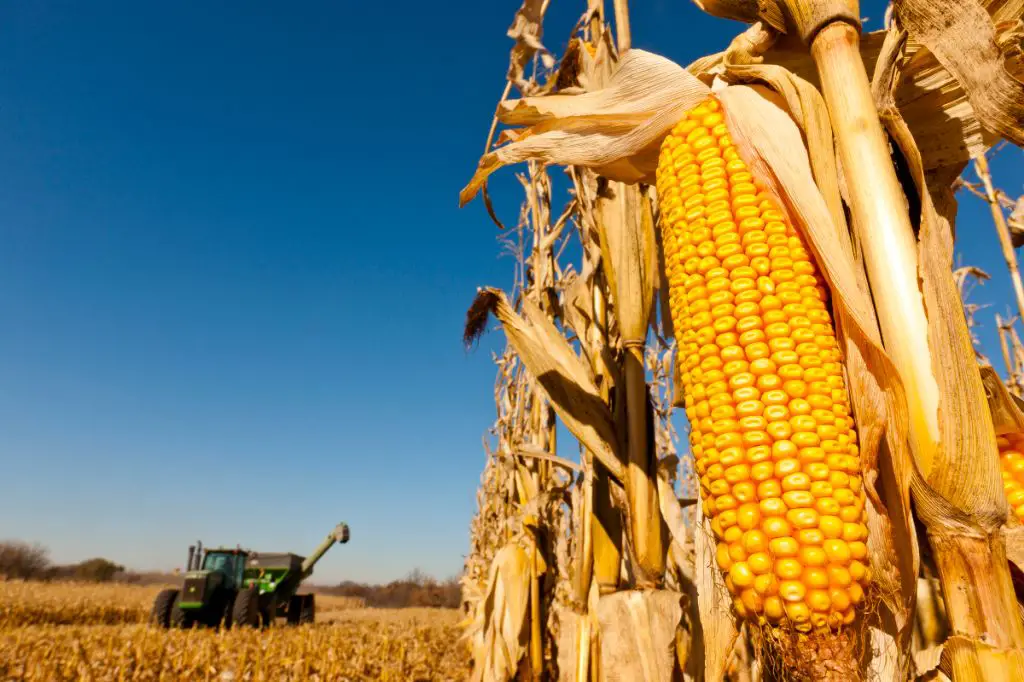
Sources:
https://www.researchgate.net/figure/Carbon-Cycle-of-biofuels_fig1_317003149
https://www.eesi.org/articles/view/biofuels-versus-gasoline-the-emissions-gap-is-widening
Biofuels Do Not Deplete Finite Resources
Unlike fossil fuels such as oil, gas and coal, which are extracted from finite underground resources, biofuels are produced from renewable biological resources that regenerate relatively quickly. Fossil fuels originate from ancient deposits of organic material and take millions of years to form, so once depleted they are effectively gone. In contrast, biofuels like ethanol and biodiesel are made from organic feedstocks like corn, sugarcane, vegetable oils and animal fats. These can be rapidly grown and harvested on an ongoing basis to continually produce biofuel.
According to the EPA, “In contrast to fossil fuels, which are exhaustible resources, biofuels are produced from renewable feedstocks. Thus, their production and use can be sustained indefinitely” [1]. Unlike coal, oil and natural gas which will eventually run out if we continue using them, the supply of biofuel feedstocks like crops and plant oils can be replenished as we use them. This makes biofuels a renewable resource rather than a finite one.
Biofuels Provide Energy Independence
Biofuels are often considered a key way for countries, especially the United States, to achieve greater energy independence. Energy independence refers to relying primarily on domestic energy resources, as opposed to imported fossil fuels. Biofuels like ethanol and biodiesel are renewable energy sources that can be produced within a country’s borders using crops and other agricultural feedstocks that are grown domestically.
This contrasts with fossil fuels like petroleum, which often need to be imported from other countries. For example, the U.S. imports a substantial portion of its crude oil from countries like Canada, Saudi Arabia, and Mexico. Producing biofuels domestically provides energy security by reducing reliance on imported fossil fuels that are subject to global price shocks and supply disruptions.
In the U.S., interest in biofuels grew significantly after the 1970s energy crisis in order to mitigate risks associated with dependence on imported oil. Government policies were enacted to incentivize domestic biofuels production as an alternative, renewable transportation fuel. As a result, biofuels now comprise 10% of U.S. transportation fuel and have contributed to reductions in oil imports over time.
Limitations of Biofuels
While biofuels offer many benefits, there are some potential downsides that should be considered:
Monocropping refers to growing large quantities of a single crop. To produce biofuels on a large scale, huge fields of corn, soy, or other feedstocks may be grown. This can potentially lead to reduced biodiversity, increased use of pesticides and fertilizers, and higher water usage (https://asia.nikkei.com/Opinion/Asia-needs-to-face-up-to-the-downsides-of-biofuels).
Certain biofuel feedstocks like corn require high quality farmland. Widespread growth of these crops for fuel could potentially displace food crops and lead to deforestation as more land is cleared. This may unintentionally increase net carbon emissions (https://www.nature.com/scitable/topicpage/promising-biofuel-resources-lignocellulose-and-algae-14255919/).
While biofuels aim to be carbon neutral, full life cycle analyses should be done. There are emissions from farming, transporting, and processing feedstocks. Nitrous oxide from fertilizers can also be a major contributor. Net greenhouse gas reductions depend on specific production methods.
Conclusion
In summary, biofuels are considered renewable because they are made from plants and other biological sources that can be regrown or replanted repeatedly. Unlike fossil fuels, which take millions of years to form, biofuels like ethanol and biodiesel are produced from crops like corn, sugarcane, and soybeans that are harvested annually or biannually. When biofuels are burned, they only release the carbon that was recently absorbed from the atmosphere, not carbon that has been locked underground for eons. Because plants and other biomass can be regrown on a human timescale, biofuel production can be repeated and sustained indefinitely, making them a renewable alternative to finite fossil fuels. Biofuels provide energy independence by utilizing domestically grown feedstocks, reducing reliance on foreign oil imports. While biofuels have limitations, such as high water usage and potential competition with food crops, they remain one of the most promising renewable energy sources available today to meet transportation needs while reducing carbon emissions and dependence on fossil fuels.

